OUTRIDERS Demo Impressions-A Bulleted List
By Cr0ssbow 1 Comments
Played through the OUTRIDERS demo over last couple days and wanted to throw up my thoughts on it, as it's a style of game I'm really interested in and feel like I can speak on with some authority, because I love me both some third-person cover shooters and loot shooters. Here goes!
The Good
- The shooting feels pretty good! The sfx/vfx are satisfying and your cursor shows a skull icon when your shot kills whatever you're shooting--a great readability feature that I hope we see in more shooters.
- Visually, the combat is very flashy. Lots of cool elemental effects and gibs flying everywhere. I played the Devastator class, an earth-aspected tanky class and could sheathe myself in stone and mud for defense or turn myself into a meteor, crashing down on enemies and turning them into a fine blood mist. The first "blue" gun you get as part of the prologue had a perk that was essentially Fallout's Bloody Mess perk, causing enemies to explode and their bone shrapnel to inflict DoT damage to other nearby enemies
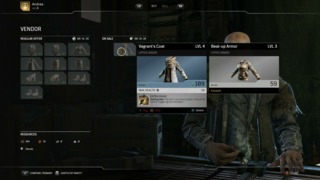
- Speaking of weapon perks, the perks found on the rarer gear actually felt useful and game-changing. I had gear perks that extended specific skill durations by 50%, or let me cast the ability twice before going on cooldown. These felt a lot more meaningful than games that simply add a few percentage points to skill power or durations (looking at you The Division 2)
- The healing system in the game rewards constant aggression. There is no medkit equivalent--instead each class has specific healing passives that reward their specific style of play. The tanky Devastator, for instance, heals upon enemies dying while near them. Enemies that are in-range to proc this passive have an icon on their health bar which is another nice readability feature. Many weapons also seemed to come equipped with "leech" abilities, healing for a % of dmg done.
- There are four classes that seem to fit fairly different archetypes, whose playstyles are smartly enforced by the aforementioned unique healing mechanics. The Devastator is the tank class, focusing on close-range damage, damage mitigation, and a really cool gap-closer that gave me Mass Effect 3 Vanguard vibes. The Trickster is similarly close range but behaves more like a rogue, inflicting debuffs like stasis and paralysis and then getting the hell out. The Pyromancer focuses on DoT damage and a marking mechanic, while the Technomancer reminds me of a The Division character: turrets, missile strikes, and group heals. Each class has a pretty sizeable skill tree that branch into three different specs. The Devastator's seemed to split into weapon damage (shotguns, specifically), tankiness, and "anomaly" power (aka dmg done by abilities and melee attacks).
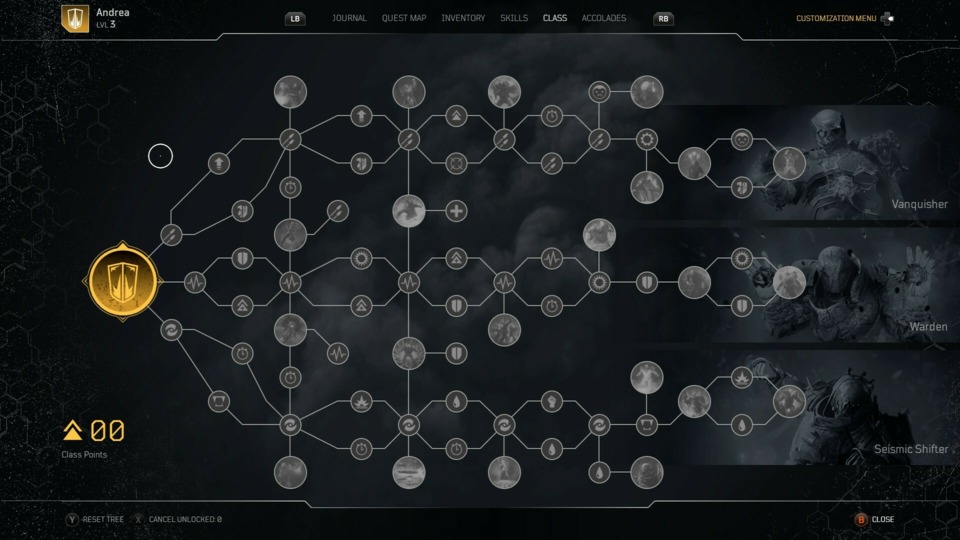
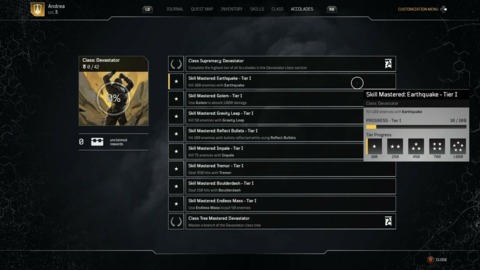
- There's an in-game "accolade" system that seemed very similar to The Division's commendation system. Completing accolades award you cosmetic options and emotes
- You can change your appearance anytime almost immediately after the prologue--more games should let you do this!
- Outside of cutscene weirdness that I'll cover in the Bad section, my game ran at a super smooth 60 fps throughout the demo. It could have ran higher but I manually set the in-game FPS limiter to 60 to keep fan noise down. More in-game FPS limiters, please!
- There's a loot-all button that automatically loots everything dropped in the area and you can set the quality of gear that you loot when you do it. Even if you don't do this manually, the loot will be picked up as you leave the area. This does not include loot that is still inside unopened chests so there's still a bit of exploration that needs done to find any chests in the area.
The Bad
- The cutscenes in the game were limited to 30 fps and were all shot with an overactive shakey cam and motion blurring that made them tough to watch. This is something that I believe they've already mentioned will be fixed in the proper release.
- Transitions into and out of cutscenes felt really rough. I'm hoping this is another case of it just being a demo but it was rather jarring how unpolished they felt.
- As good as the shooting felt, the cover mechanics and traversal felt pretty bad. After putting in hundreds of hours into The Division franchise, where cover-to-cover movement feels silky smooth, I had a lot of issues with getting into, getting out of, and changing cover. The game doesn't even seem to have a corner cover move, which seems like a huge oversight to me. Cover-to-cover movement does not automatically dodge sniper fire, which feels really bad when playing as a character that needs to get up close to thrive.
- The game commits what I consider two cardinal sins when it comes to loot-centric games. First, there appears to be some sort of input lag when doing actions inside the loot menu. For instance, if I wanted to mark a bunch of guns as junk, I needed to press the button then wait a beat before pressing it on another gun for it to "take." Second, getting in and out of the gear/map/journal menu was unforgivably slow. I'm not sure on the exact timing, maybe a second, but pressing the menu button does a fade from gameplay to black and then fades back into the menu screen. It's infuriating.
- When using a controller in menus, you're simply using the joystick to move a cursor around as if it's mouse control. This is something Destiny did and I guess people think if Bungie does it, then it's okay to do. Those people are wrong. It's stupid that I have to slowly pan a fake mouse cursor across my inventory menu instead of simply getting to the item I want with four quick swipes across highlightable buttons. The Division does this correctly and is one of a multitude of reasons why it's the superior franchise.
The Intangible
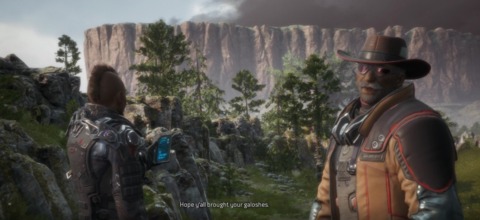
- The tone of the writing in the game is very weird. What begins as a typical space marine colonization story quickly turns to Mad Mad-esque depravity--"the mud and the shit." They constantly return to the shlocky "dude gets shot in the head mid-sentence" trope. The dialogue writing and lore entries are interesting and seem well-written, but your protagonist teeters between begrudging hero and complete asshole from scene to scene and gives the whole thing thematic whiplash. The alien world of Enoch as seen in the trailers seems pretty cool, but the demo/beginning chapter does not show off any part of that, instead sticking you into a very brown and rebar-colored wasteland.
- As the years go on, I have less of a stomach for post-apocalyptic/escaping-from-a-doomed-Earth fiction. Reading lore entries about city-wide riots in response to utilities getting turned off is no longer far-flung speculative fiction in my mind, and it really stresses me out.
The Bottom Line
- I came away from the demo recognizing the game has some serious flaws, but I think the flaws are fixable. The core of the game, the combat and loot, is in a good place but I have a lot of concerns about menu navigation, cutscene transitions, and the bugginess of the cover mechanics. They seem to be making an attempt at taking equal parts Destiny, The Division, and Gears of War and turning it into a unique experience, but at this point I don't think it's doing anything better than what any of those games can offer singularly. I'm afraid if they don't solve some of the issues here, the game they'll end up getting the most comparisons made to will be Anthem. In the end, I still think this would be a day-one purchase for me, except that the juggernaut that is Monster Hunter Rise will be releasing just a few days earlier and I doubt anything will pull me away from that.

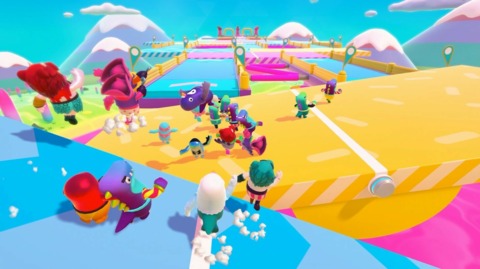

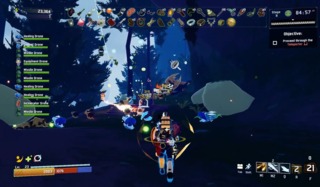
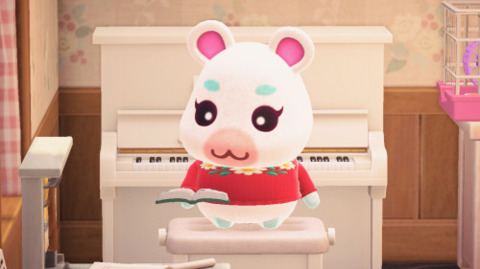
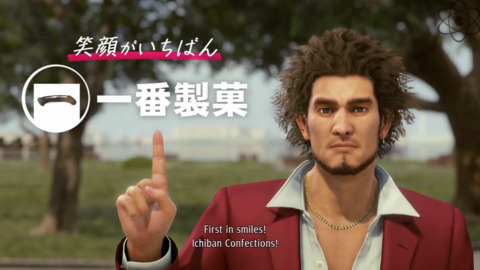
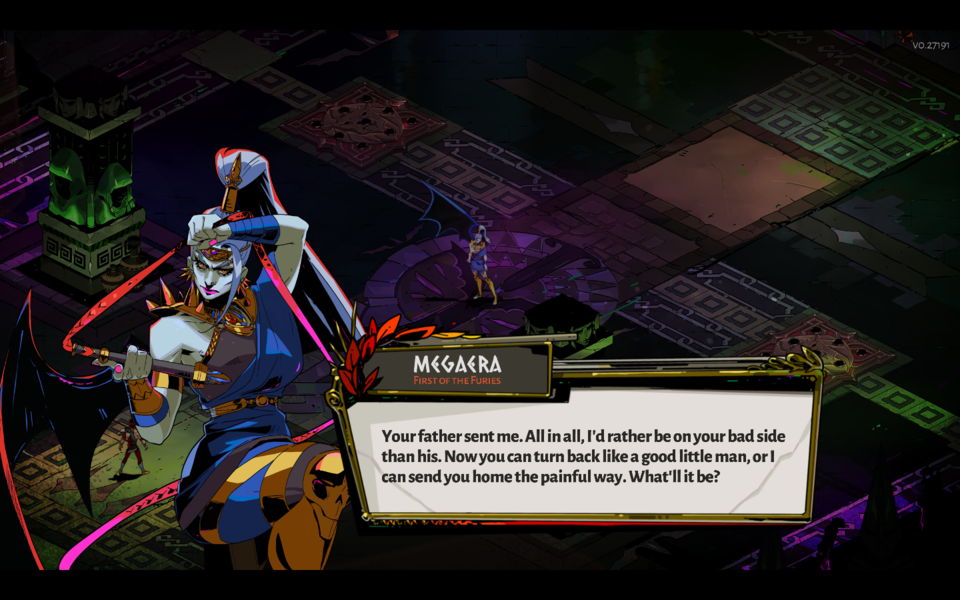
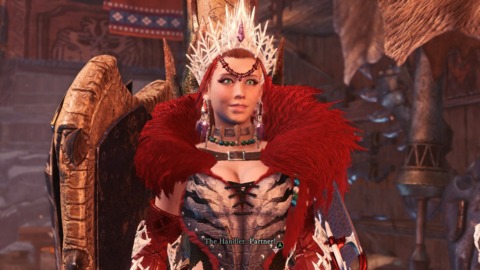
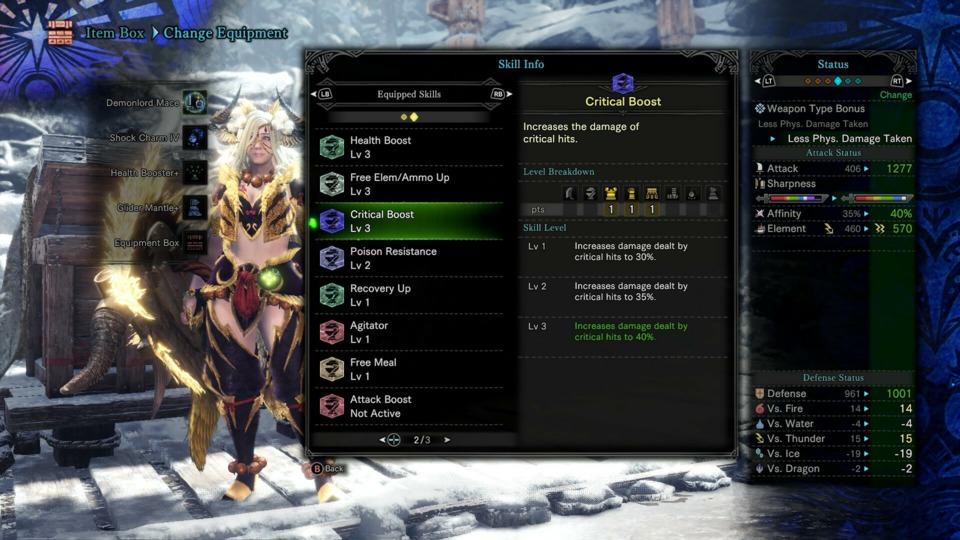

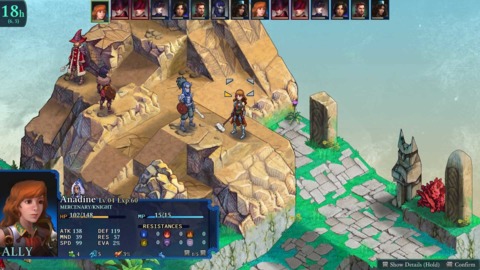
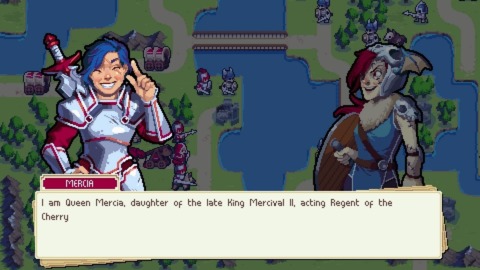
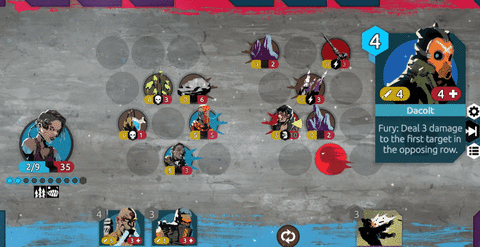
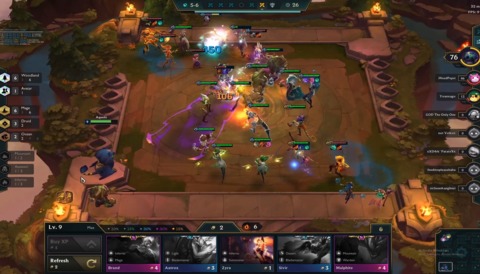
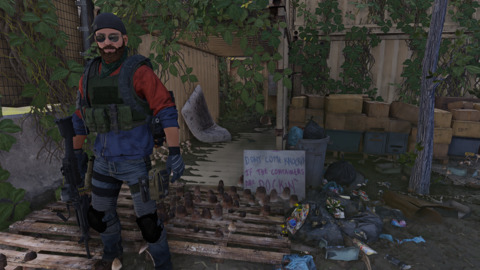
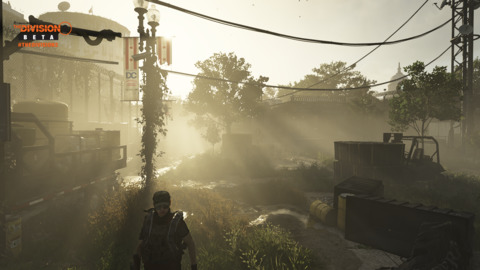

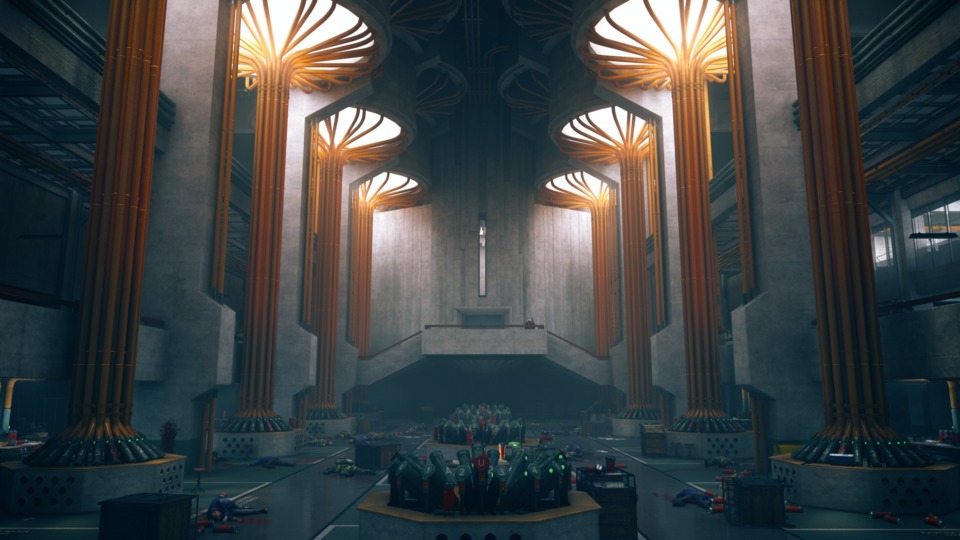
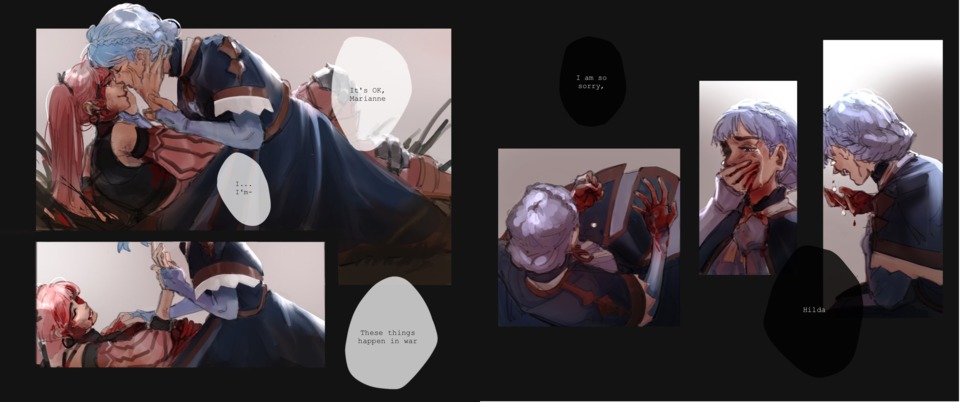
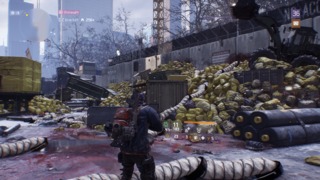
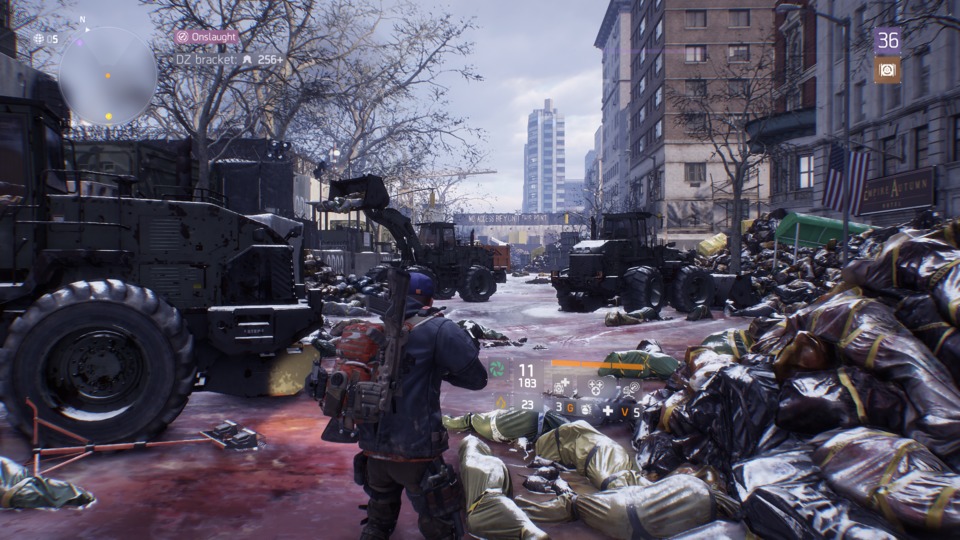
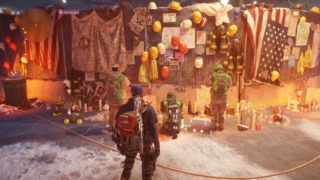
Log in to comment